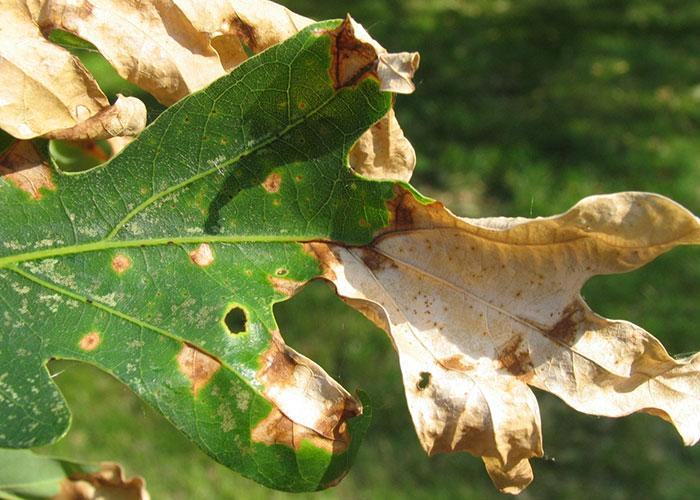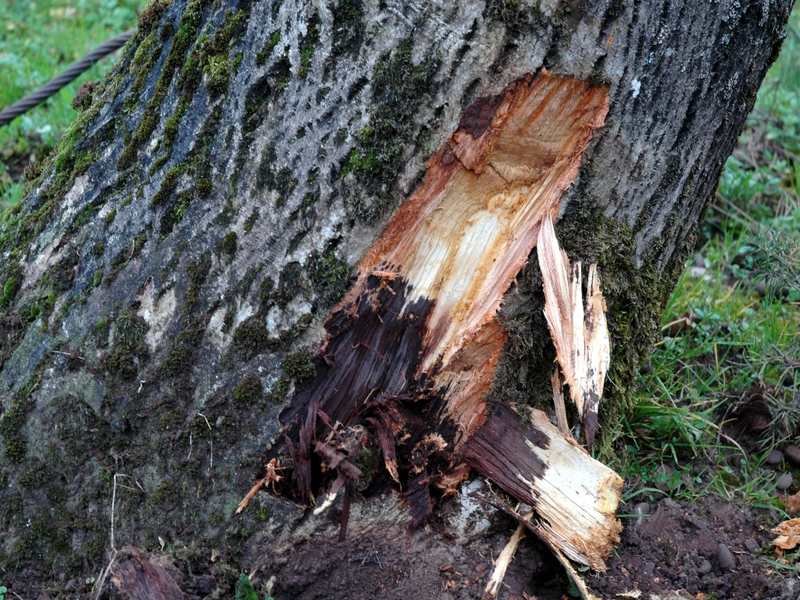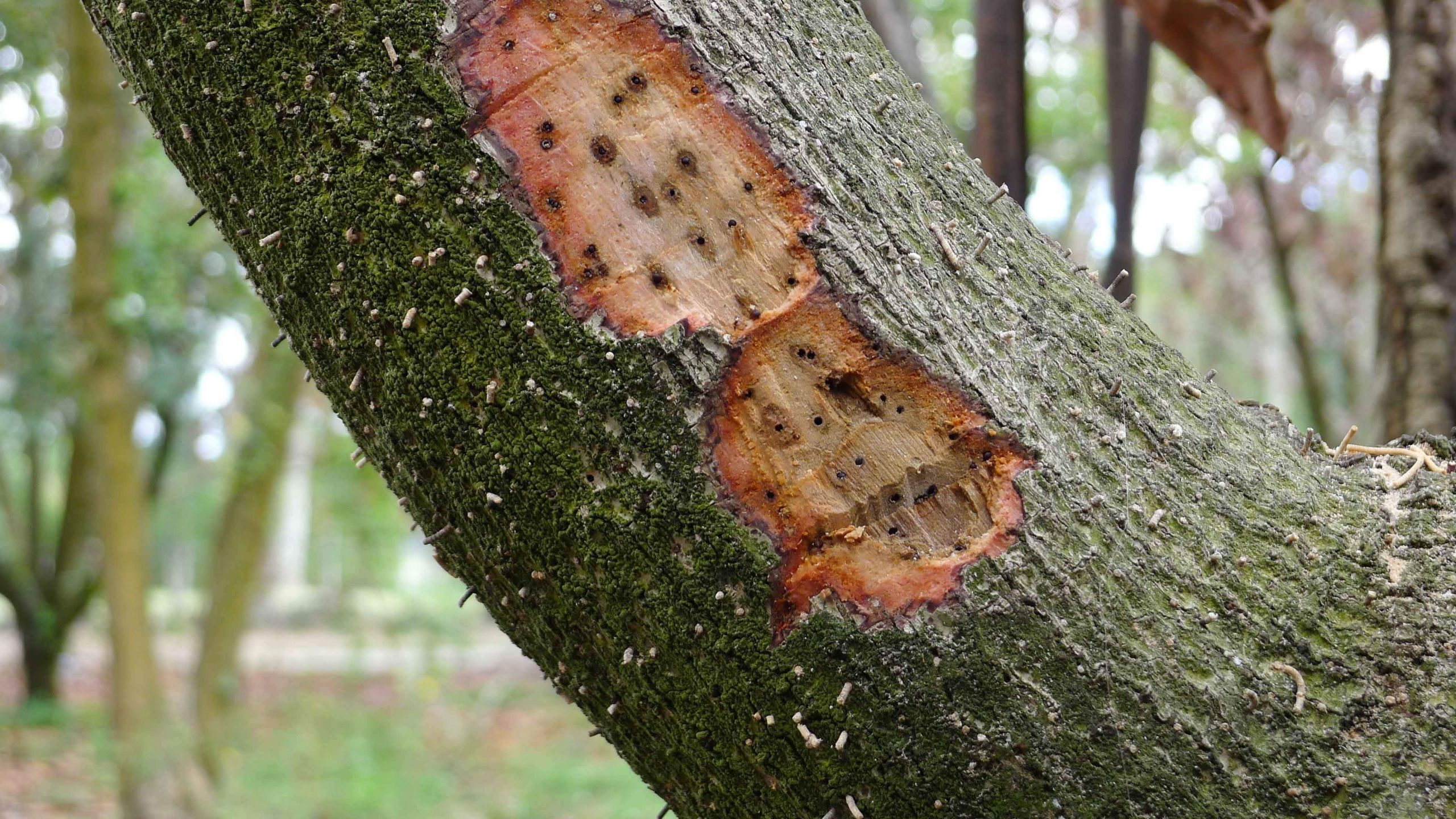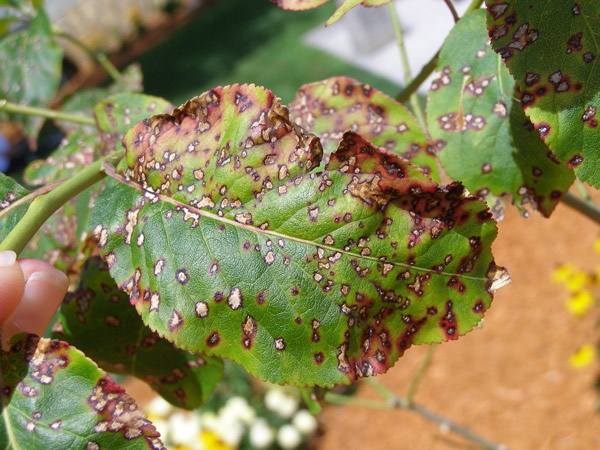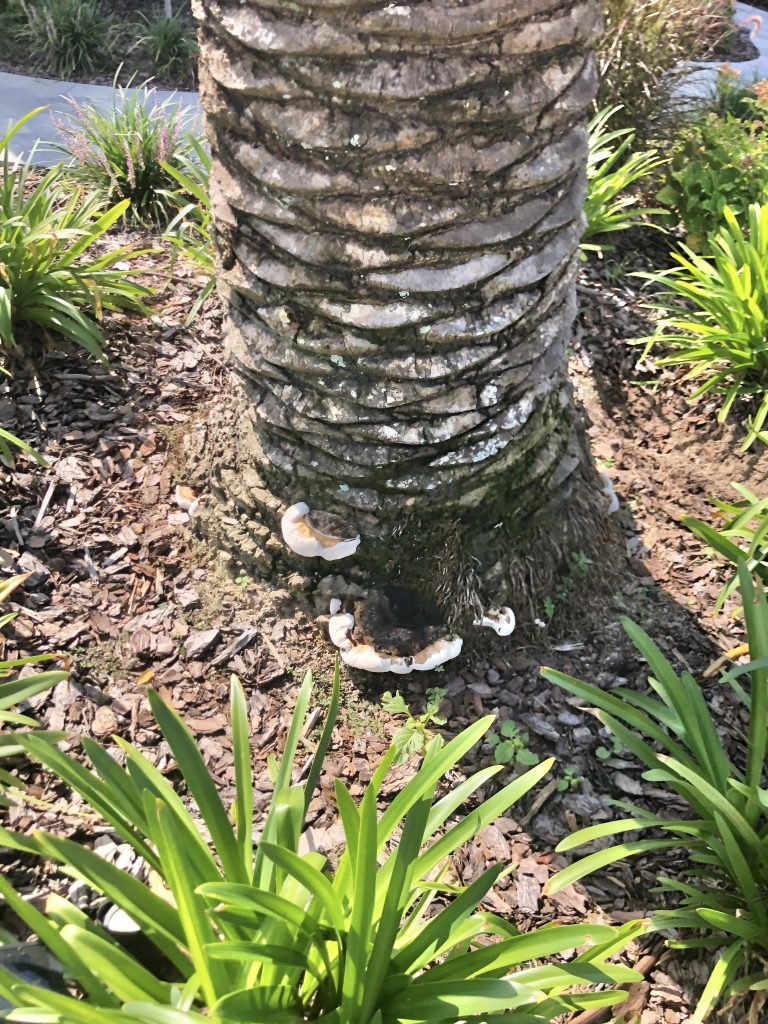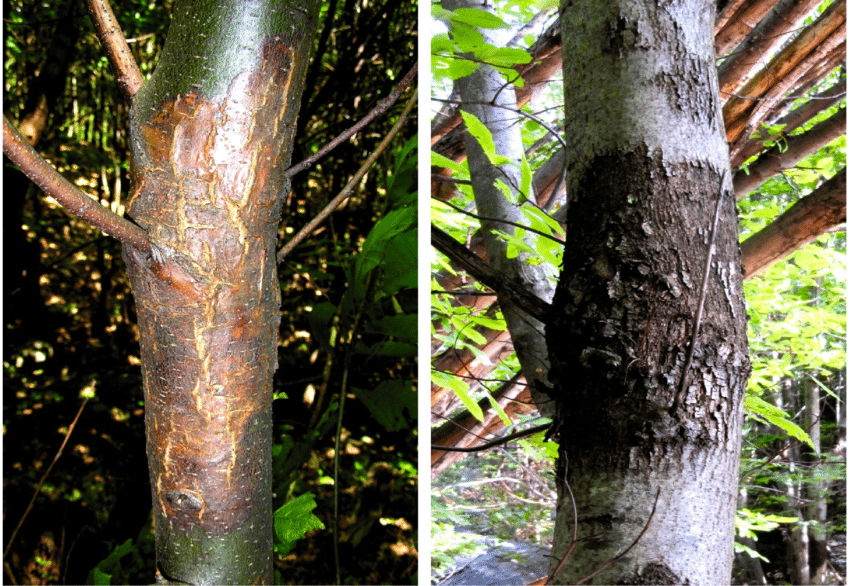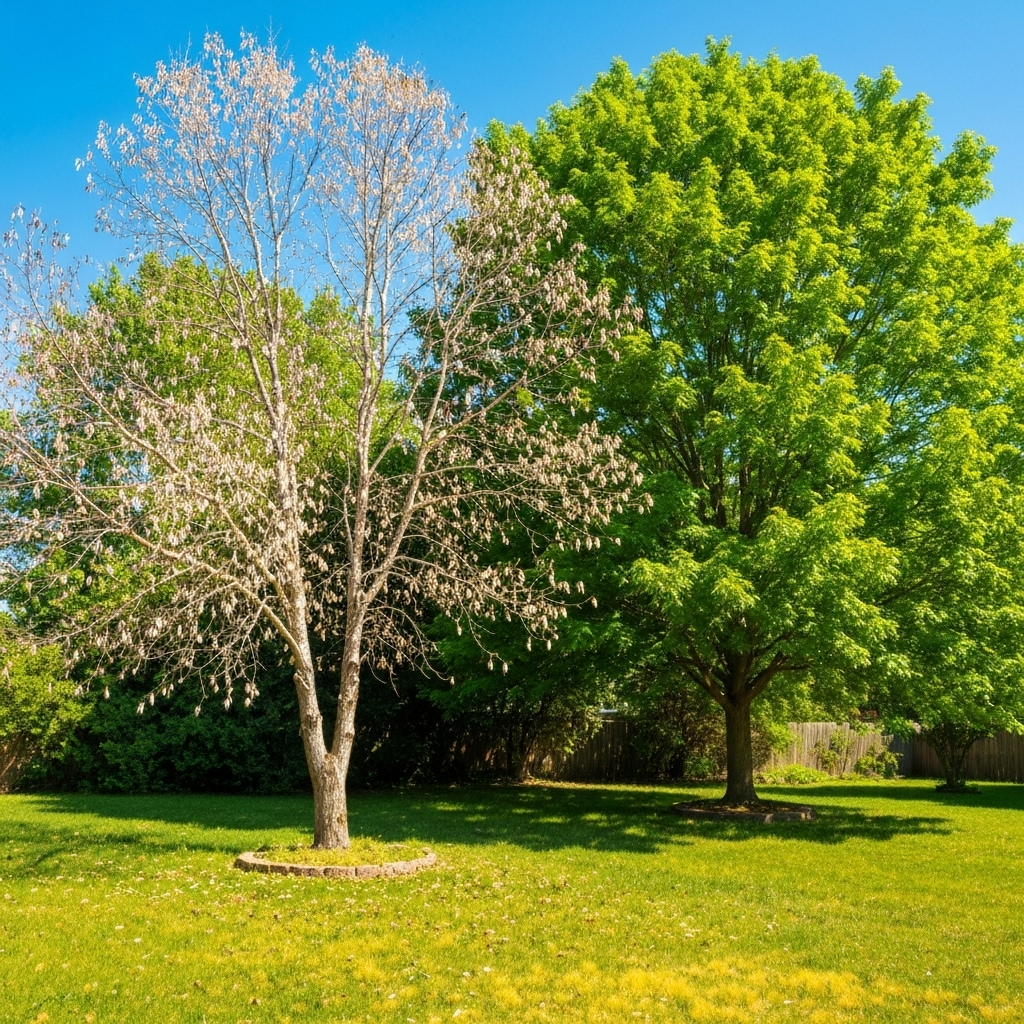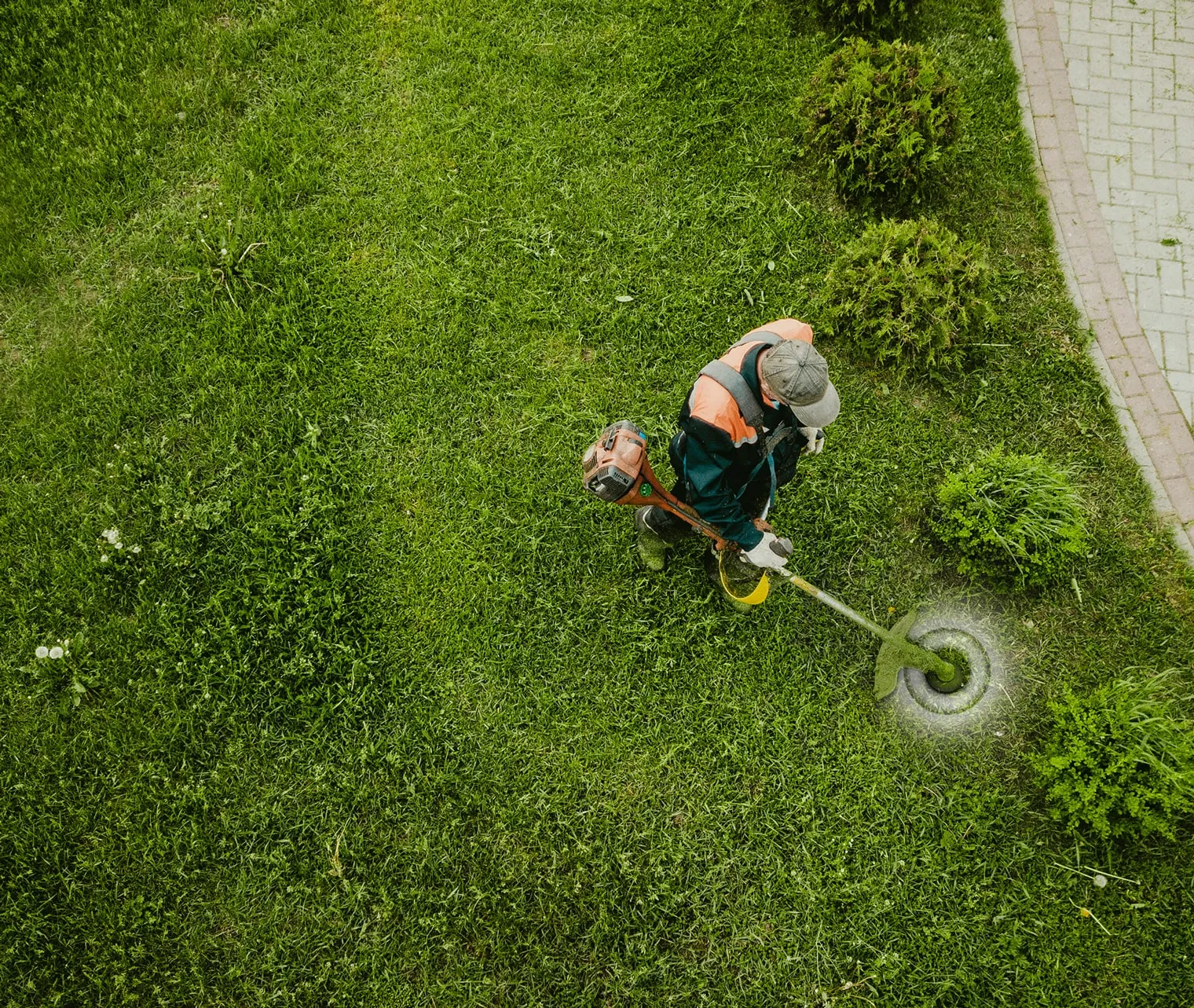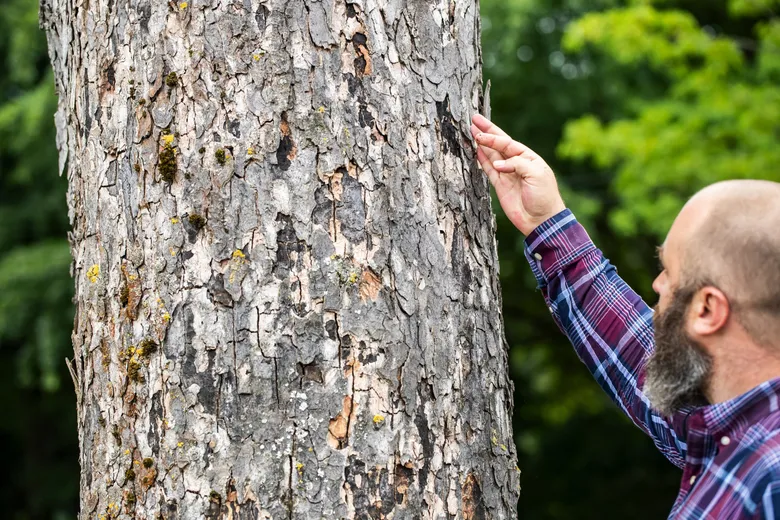Florida’s diverse climate supports an abundance of tree species, but it also fosters a wide range of tree diseases—many of them caused by fungal spores that thrive in warm, humid environments. Understanding these threats is vital to the overall health of the tree, especially for shade trees, fruit trees, and ornamental species like oak trees and ash trees.
In this guide, we explore 7 common tree diseases in Florida, how to spot them, and how to protect your landscape from premature defoliation, tree mortality, and decline.
1. Anthracnose (Fungal Leaf Blight)
Anthracnose is a leaf blight caused by a fungal infection that attacks during the late spring and early summer, particularly following heavy rains.
Signs:
-
Brown or black spots on leaves
-
Wilting, curling leaves
-
Premature defoliation
Common Hosts:
-
American sycamore
-
Oak trees
-
Species of maple
Risk:
While rarely fatal, repeated infections weaken trees over time. As with other common plant diseases, it affects both young and mature plant species.
2. Root Rot (Armillaria & Annosus Root Rot)
Florida soils often host Armillaria root rot and Annosus root rot, two serious fungal diseases that attack the root system and can spread via root grafts between nearby host trees.
Signs:
-
Yellowing or wilting foliage
-
Mushy or decayed roots
-
Fungal growth at tree base
Common Hosts:
-
Fruit trees
-
Southern United States hardwoods
-
Loblolly pine and longleaf pine
These diseases often arise from a complex of factors, including poor drainage, overwatering, or compacted soil.
3. Powdery Mildew
This common plant disease appears as a white, powder-like growth on leaves, buds, and stems.
Signs:
-
White/gray powder on foliage
-
Distorted growth in young leaves
-
More severe in shady, humid conditions
Susceptible Hosts:
-
Crepe myrtles, dogwoods, elm trees, and ash trees
Risk:
Though rarely deadly, powdery mildew impacts the overall health of the tree and reduces its aesthetic value.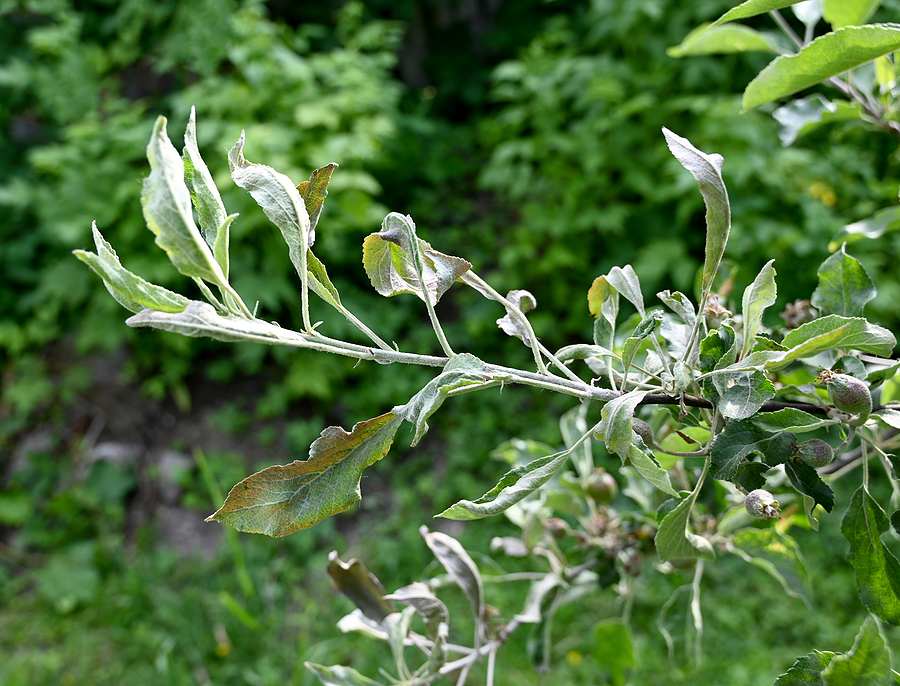
4. Laurel Wilt
Laurel wilt is a serious fungal disease spread by bark beetles, especially the redbay ambrosia beetle. It is highly lethal and moves quickly through susceptible hosts via root grafts.
Signs:
-
Sudden leaf wilting
-
Dark streaks in sapwood
-
Death of entire branches or trees
Common Hosts:
-
Avocado trees
-
Redbay, sassafras, and coast live oaks
Laurel wilt contributes significantly to tree mortality in North America, particularly in the southern United States.
5. Leaf Spot Diseases (Including Leaf Rust & Brown Spot Needle Blight)
Florida trees are vulnerable to several leaf spot diseases, including leaf rust, brown spot needle blight, and dothistroma needle blight.
Signs:
-
Circular brown/black spots
-
Yellow halos
-
Spots that merge and kill tissue
Vulnerable Tree Species:
-
Shortleaf pine
-
Ash trees
-
American elm
6. Ganoderma Butt Rot
Caused by fungal spores, Ganoderma infects through wounds at the base of the tree, destroying wood tissue from the inside out.
Signs:
-
Mushroom-like conk at base
-
Tree lean or instability
-
Parts of the tree become brittle or hollow
Hosts:
-
Palm species (especially queen palms)
-
Ornamental tree species in urban landscapes
Ganoderma has no known cure. If discovered, immediate removal of the infected tree is often necessary.
7. Dutch Elm Disease & Chestnut Blight
While less common in Florida, Dutch elm disease and chestnut blight are worth noting for those planting or managing non-native trees like American elm or chestnut.
Dutch Elm Disease
-
Spread by bark beetles
-
Fungal infection disrupts water transport in elm trees
-
Causes canopy dieback and eventual death
Chestnut Blight
-
Caused by a fungal pathogen
-
Attacks bark and cambium
-
Has nearly wiped out the American chestnut in the United States
These historic diseases offer lessons on planting resilient species and managing the life cycle of trees proactively.
Tree Care Tips to Prevent Disease
To protect against common tree diseases, consider the following tree care strategies:
-
Plant trees with resistance to local threats
-
Prune infected or weak branches to improve airflow
-
Apply fungicides (when recommended)
-
Avoid injuring tree bark or roots
-
Monitor for signs of fungal infection in late summer and fall
Want help evaluating your trees? Schedule a seasonal inspection.
Final Thoughts
From leaf blight to root rot, tree diseases threaten the beauty and longevity of Florida’s urban forests. Being proactive in monitoring, identifying, and addressing symptoms is key to maintaining the size of the tree, its canopy health, and longevity.
🌳 See common diseases in Central Florida trees »
🔗 Read: Signs Your Tree Needs Help
🔗 Learn How to Care for Florida Oaks, Palms & More

